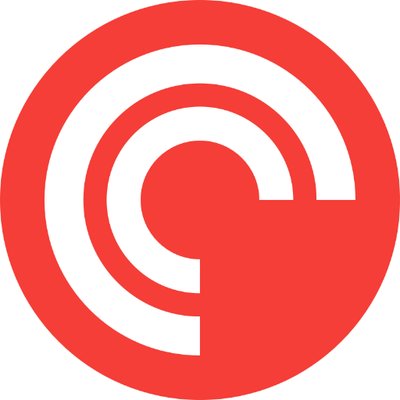On this episode of Tackling Tech Podcast, powered by Dyknow, Brett McGrath talks with his first international guest, Misha Feigenson, co-founder of Thinking Cap Innovations. After having kids, Misha developed a curiosity in app development, white noise, and voice-learning. He is passionate about screen-free, touch-free progressive learning, especially as a way of teaching math and language.
Listen to Episode 34:
Available wherever you listen to podcasts:
Don’t have time to listen to the episode? Here’s a peek at what’s inside…
Misha’s Journey from Physicist to Voice Learning Innovator
Seven years ago, Misha Feigenson left his long career as a physicist to pursue new opportunities on his own. After having just had his first child and getting an iPhone, Misha quickly learned the power of white noise and its soothing effects on children. This sparked Misha’s journey into exploring voice and noise innovations.
is first innovation was creating a white noise app to help his son sleep better and to help parents everywhere overcome similar challenges. When his son got older and started the first grade, he noticed that his son was struggling with math, so Misha began asking himself how he could innovate a way to use technology to help his son.
They had just gotten an Alexa device in their home, and Misha was fascinated by the ways his children interacted with the device. He also was fascinated that they were talking to Alexa while playing and doing other activities.
He shared a few of these observations:
1. Often times homework/learning time and playtime are in competition with each other – but it does not necessarily have to be this way.
2. Children talk to the Alexa device as if they are talking to a real person, and not a machine.
3. Audio devices like Alexa don’t have a screen, eliminating the negative effects of screen time while still being an effective way to learn.
The Inspiration for Voice Learning
These observations paired with Misha’s passion for innovating led him to create Thinking Cap Innovations, creating an Alexa-based teaching assistant to leverage voice learning in the classroom. When he started this project, talked to about 20 teachers and asked them how they were using technology in the classroom. The most common thing he heard teachers say was that “they hate computers in the classroom”.
Misha explained that it was amazing to hear teachers realizing how distracting screens can be in the classroom and the potential for this to take time away from instruction. So, he focused on finding a way to leverage voice learning so that teachers could use technology without necessarily having to use screens.
How Schools are using Voice Learning
Misha began by offering the program to schools that needed support for students with learning disabilities and visually impaired students. He explained that the response from these schools was amazing – everyone wanted to try it. He now works with about 20 schools of visually impaired students and now he is starting to work with students who have trouble reading and writing.
The original use case for Thinking Cap Innovation was that teachers would use the program during station rotation and they can use Alexa at different stations. He has observed that many teachers use the program by taking 2-3 students aside to work on a 10-minute audio lesson at a station.
Voice Learning for Math
The program focuses primarily on math lessons through voice learning. Misha explained that the program currently works with addition, counting, and subtraction, and now they are working on adding in division and multiplication.
He believes that personalized learning, in terms of presenting the right questions to students at the right time, is important. However, Misha argues that it is more important that the questions we ask are continuing student learning. He shared an example of how this can be achieved through Thinking Cap Math‘s voice learning program.
An Example of Personalizing Math Questions with Voice Learning:
Alexa: “How much is 6+7?”
Student: “15.”
Alexa: “Well, let’s see. If 6+6 is 12, then how much is 6+7?”
In this case, because the student answered the question wrong, Alexa will ask a follow-up question using the students’ pre-existing knowledge to help them get to the correct answer – the same way that a teacher might respond.
Voice Learning for Languages
Although the voice learning program started with math lessons, they are now branching into using the method to teach languages. Misha explained that his own children are trilingual which prompted him to dive deeper into understanding how young kids learn new languages with such ease.
He shared his observations:
1. When we talk to kids in a language, we don’t start by teaching them grammar, we just speak to them.
2. When we talk to kids we never correct them but rather talk back to them in the correct way so that they repeat it correctly.
3. When kids hear themselves make a mistake while speaking, they recognize it and correct themselves
These observations led him to develop Thining Cap Spanish which uses similar voice learning strategies to teach the language. Misha explained that this program focuses on teaching Spanish through interactive storytelling where Alexa will tell a fairytale story and with an interactive portion so that kids can learn by listening and repeating.





